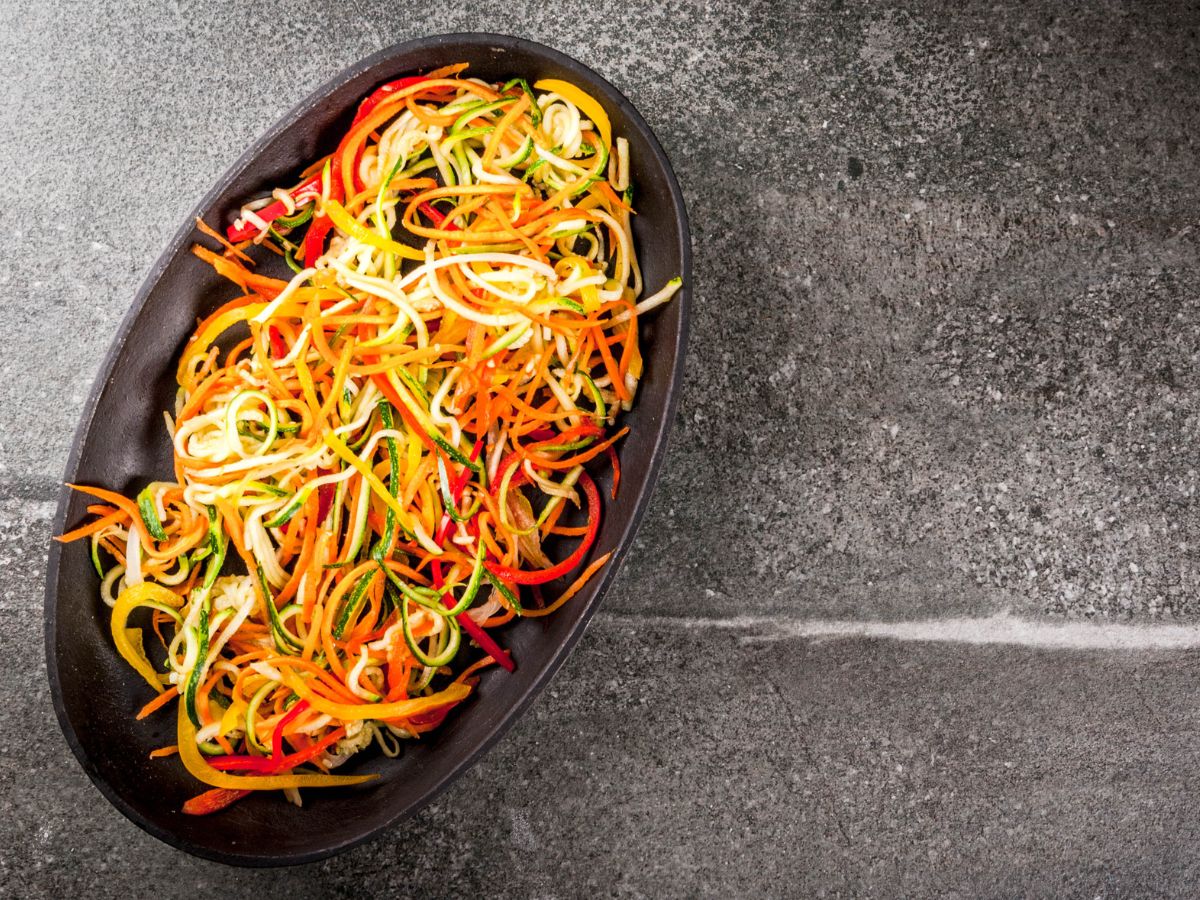Master Your Family Meal Planning on A Budget
As a participant in the Amazon Services LLC Associates Program and other affiliate programs, Easy Homemade Life may collect a share of sales or other compensation from the links on this page. This comes at no additional cost to you, and all the prices and availability are accurate at the time of publishing.
Family meal planning on a tight budget can feel overwhelming, but it doesn’t have to be. With some organization and savvy shopping, you can make meals that are both good for you and easy on your wallet.

With a little planning and smart shopping, you can stretch your food budget while making meals your family will enjoy. A good plan helps you buy just what you need so you can avoid last-minute takeout or wasting money on ingredients you won’t use.
Family Meal Planning Basics
These tips can make your meal planning both easier and more budget-friendly. Incorporate them into your routine to make the most of your time and money:
- Don’t carry the load of meal planning all by yourself. Get your family, even the kids, to chip in. They can help pick meals, shop, or even cook. It’s a team effort.
- Buying fruits and veggies that are in season and local to you is often cheaper, and they usually taste better, too. Keep a list of what’s in season to guide your meal planning. Once summer kicks in, I buy summer berries in bulk and include them in our meals and snacks because they’re at their freshest!
- Leftovers are your friend. Plan meals, like this green chile chicken, that can be stored and turned into something new the next day. It saves time and makes your groceries go further.
“After 30 years of cooking for my family, I have found that they love to help with meal planning. I ask everyone what they want to eat for the next week or two and have them jot it down on our meal planning sheets. When they help, they’re more invested in eating what we have for dinner, thus stretching our food dollars as far as possible.”
— Laura Sampson, Little House Big Alaska
Creating a Shopping List
Before you make your meal plan and shopping list, see what you already have at home. Use up what’s in your pantry and fridge to avoid wasting money, and more importantly, food waste.
After picking your recipes, make a shopping list sorted by type of food — like produce, meat, and so on. This will help you get through the store faster and stick to your list, so you’ll only buy what you need and nothing extra.
Then, creating a simple meal planning template can streamline your weekly grocery trips and cooking schedule. A basic spreadsheet or handwritten chart can help you list daily meals, the ingredients needed and any required prep work. This makes it easier to stick to your plan and budget.

Budget Management
Setting a budget is one of the most effective ways to save money on groceries. Figure out how much you can spend on groceries each week or month. Keep tabs on your current spending to see where you might save money. Use a simple app or even a basic spreadsheet to track your costs. Knowing your budget helps you make smarter choices at the grocery store.
Time Management
Managing your time effectively can also have a direct impact on your family meal planning budget. When you know you’ll have less time to cook, planning for simpler, quicker meals can help you avoid the expense of last-minute takeout or convenience foods, which are often pricier than home-cooked options.
On weekends or days when you have more time, cooking larger or more complex meals can yield leftovers. This will cut down on the need for additional ingredients for subsequent meals.
In-Store Strategies
To make the most of your grocery budget, it’s important to have some key in-store strategies in place. Here are some shopping tips to keep in mind:
Buy in Bulk when Possible
For long shelf-life foods and pantry staples like rice, pasta, or canned goods, buying in larger quantities can offer per-unit savings. Just make sure you have adequate storage space for them. Look into budget-friendly food storage ideas like reusable bags and mason jars to save money further.
Take Advantage of Sales and Discounts
Be on the lookout for sales, coupons, or discounts. Keep in mind that sales often run on a weekly cycle, so you can plan your shopping trips around these to maximize savings.
“I create my shopping and thus menu planning lists based on grocery store sales circulars. I buy the products the store is promoting at a deep discount that week and create a dish using what’s on sale. Or if I’m not in the mood to eat what they are pushing that week, I freeze it or store it for another week and eat from my pantry. This method keeps my freezer and pantry well-stocked for less during this period of inflation that we’re in.”
— Jennifer Osborn, Kitchen Serf
Consider Store Brands
Often, store brands are just as good as name brands but come at a lower price point. Don’t hesitate to give them a try; you may find that you prefer them or can’t even notice a difference.
Use Loyalty Programs
Many stores offer loyalty programs that can provide additional savings or even cash back on your purchases. Make sure to sign up and use these programs whenever possible.
Check Unit Prices
Sometimes, items are priced in a way that makes it hard to compare directly. Always look at the unit price, whether it be price per ounce, pound, etc., to determine which option is actually the most economical.

Be Cautious with End-Of-Aisle Displays
Stores often place more expensive or impulsive items at the ends of aisles. While they may be on sale or appear to be a good deal, double-check that they are something you actually need and that they fit within your budget.
Pay Attention to Shelf Placement
Cheaper items are often placed on higher or lower shelves, while more expensive items are placed at eye level. If you can, take some time to look around to find the best deal.
Budget-Friendly Meal Ideas
Here are some meal ideas to consider for your family meal planning that are easy on your wallet but still fill up the family table. These are not just cost-effective; they also make meal prep more straightforward:
- Slow cooker recipes: These meals let you use less expensive meat cuts that get tender as they cook slowly. Plus, cooking in bulk saves money. Slow cooking also saves time – I love that I can cook one of my slow cooker dinner recipes or slow cooker soup recipes in the afternoon and come back to have a warm meal ready!
- Sheet pan dinners: These are low-cost because you use fewer ingredients and can easily use what’s on sale. Consider something like this sausage and veggies sheet pan dinner.
- Pasta dishes: Pasta is cheap, and you can mix in whatever else is affordable at the time. Choose quick and easy pasta recipes to save time and money.
- Soups and stews: Perfect for using up whatever’s left in your fridge and pantry, and great for freezing. Try something like this Outback potato soup.
- One-pot meals: These are great because you can use cheaper cuts of meat and a mix of veggies, all cooked together to save on cleaning up.
- Versatile proteins: Buy ground meat in bulk to save money, make a big batch of something like meatballs and freeze what you don’t use.
Final Thoughts
Family meal planning on a budget is more than doable; it’s a smart way to eat well and manage your finances. The key is preparation, from involving the family in meal choices to staying organized with shopping lists and time management. With these strategies, you’re setting yourself up for success, making your food budget go further while keeping everyone at the table happy.
This article originally appeared on Food Drink Life.







